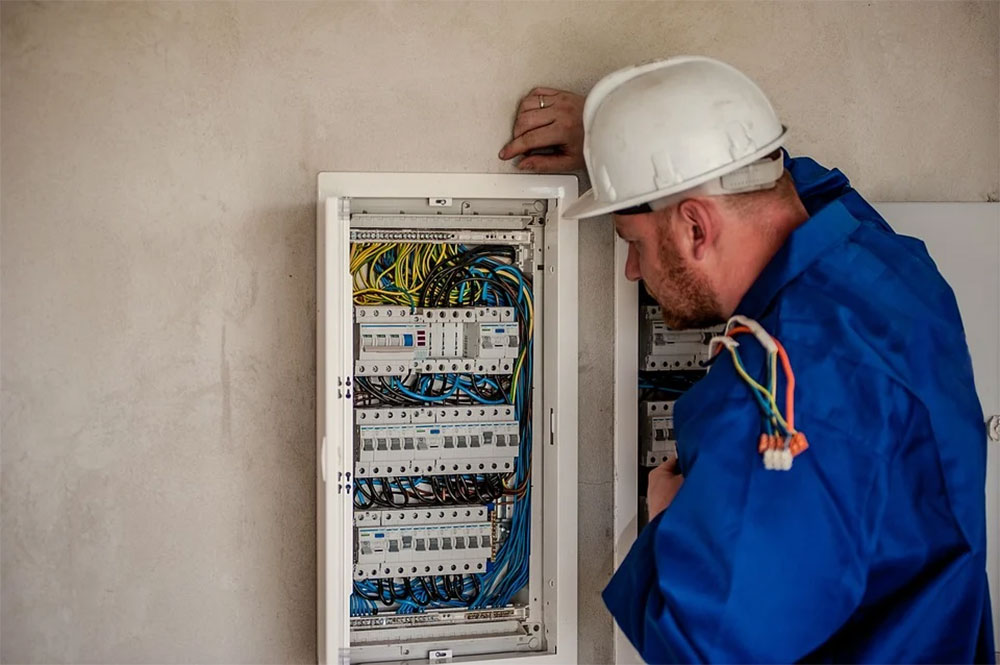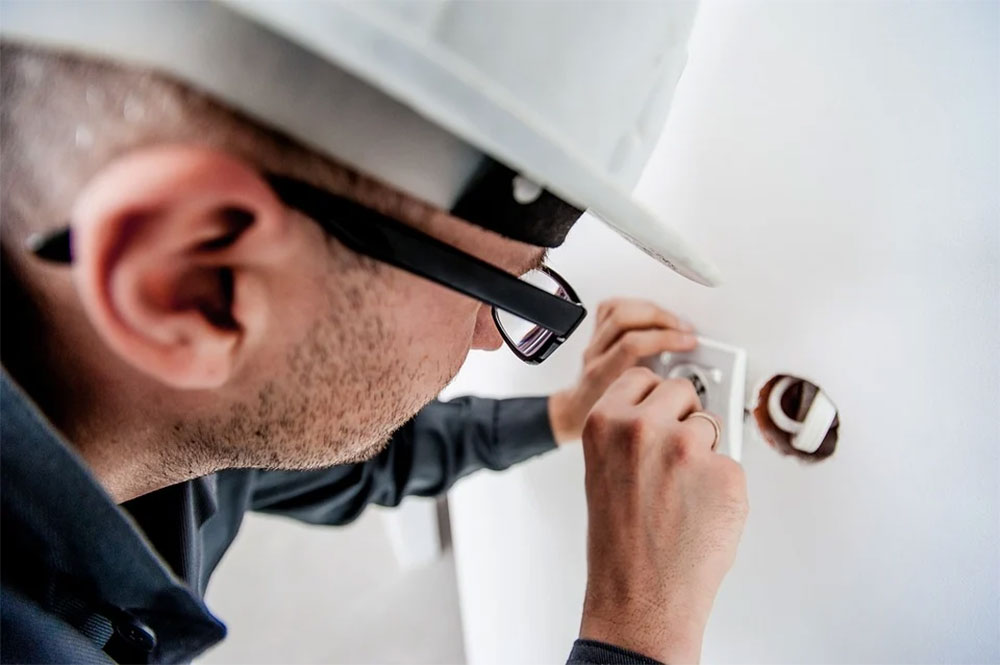Advertisement
Electricity is a valuable and hazardous product used in residences, workplaces, and factories daily. Electricity, although it can make your life simpler, can also be deadly if used carelessly. As a result, you must exercise caution when using any electrical appliance or machine. These appliances may malfunction, and the electrical wiring may become faulty without warning.
What Tips and Tricks Do The Electricians Use?
Electrical issues are a common household problem. If you suspect an electrical problem in your home, you can seek help from an experienced licensed electrician who can offer electrical services. They can look over the electrical wiring and other outlets. You’ll also note that they have a checklist with them, making it easy for them to do their job correctly and accurately. Skilled electricians use a variety of other tricks and tips.
1. Use Remodel Electrical Boxes As Needed
Cut-in boxes are another name for remodeling boxes. They are intended to be installed after the drywall on the wall or ceiling has been installed. To protect the package, they have flip-up ears or bending tabs that snug up to the backside of the drywall.
To mount a standard box against the framing, the electricians cut a hole that is a close match for the box, slide the box into the hole, and tighten the screws to pull the ears or tabs to the drywall or ceiling.
2. Upgrading The Circuit Breaker
As with older wiring, it is common for circuit breakers to trip from time to time because they are no longer designed to handle high voltage electronics or HVAC systems. One way for electricians to reduce issues with these electronics and avoid a possible threat is to upgrade the circuit breaker to bear the load for a more extended period. It’s best to hire an experienced electrician to complete the upgrade because it necessitates skills.
3. Use Multiple Switches With One Hot Wire
With three switches, a wire box is still crowded enough without adding more wire connections and pigtails. The electricians devised a wiring system that removes splices and results in a more aesthetically pleasing installation.
They leave the hot wire extra long instead of running a separate pigtail from each turn. To connect the switches, they score the wire with a wire stripper and force the insulation away, exposing about 3/4in a bare wire.
The electricians wrap the bare selection around the first switch’s score terminal at least three-quarters of the way. For the remaining intermediate switches, the procedure is repeated. The final switch is attached in the same way as the others by looping the wire clockwise around the screw.
4. Tracing electrical Wiring In A Wall
Knowing your wires’ location will aid in the repair of your house, the planning of home improvement projects, and even the safety of your home. Electricians use various tools to map electrical wiring in your walls, and some of the devices you already own might be useful as well. A magnetic stud finder is one of the instruments, and it detects the metal nails in the wall studs.
Once the wires have been located, voltage detectors may be helpful. They allow you to determine whether or not the cables are live. A neon circuit tester is another device that can be used to detect voltage. Another alternative is to use an audible voltage detector that emits a sound when it detects a live wire.
5. Use of Metal Conduit
When your electrical wires can come into contact with anything, they need to be secured. Single strands of electrical wire pulled through a metal conduit are the most vital trick used by electricians. Many cables can be drawn from one electrical box to the next using single strands inside the conduit.
Conduits are available in various types, ranging from reasonably solid construction to highly rigid conduits that can be driven over without causing damage. It would help if you chose a conduit that meets your requirements while still adhering to the National Electrical Code.
6. Move Ceiling Lights Without Running More Wire
According to most electrical codes, both electrical devices and the wiring connections to such devices must be enclosed in an appropriate electrical box. This metal or plastic box, also known as a junction box, has a cover to shield the wiring inside and you from the wiring.
On the other hand, skilled electricians use specific devices that do not need a conventional junction box. They have their integrated boxes or enclosures for making wire connections for the simple reason that they have their integrated boxes or enclosures. These are usually devices tightly attached to a surface and serve the same essential purpose as a junction box.

The repair and inspection processes for electrical equipment in any simple multi-unit building are elementary and can be performed on a lower budget. On the other hand, Larger apartment complexes need more thorough inspection and testing to ensure the safety of anyone who lives there. As a result, having an experienced technician do all maintenance and repair work is strongly recommended.

